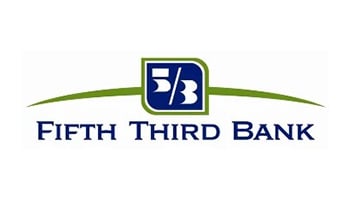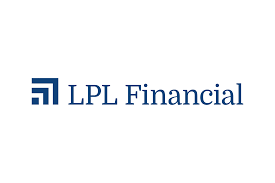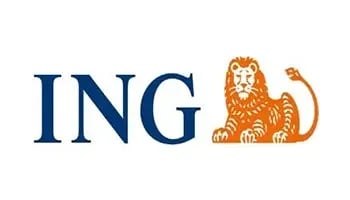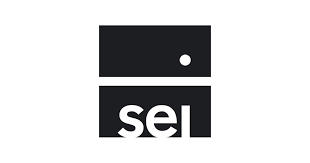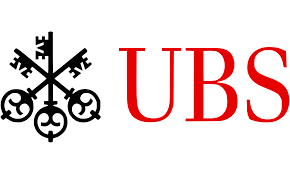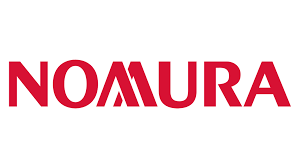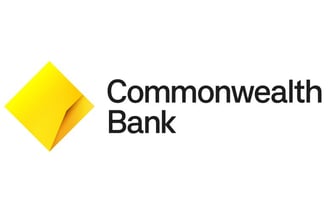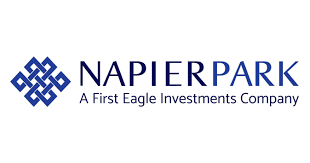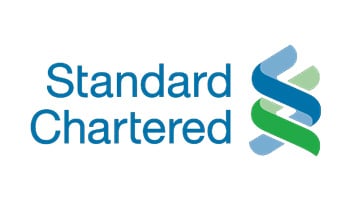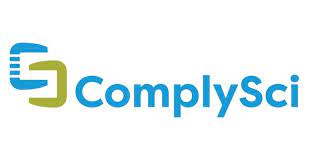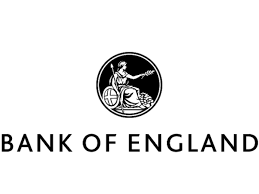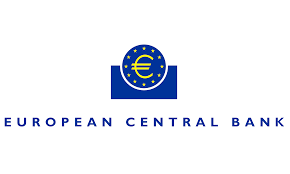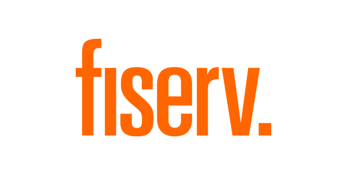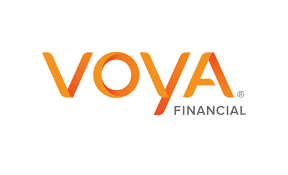Crafting the future of Financial Services with bespoke solutions.

Analyst Recognition
Coforge Named a Leader in BFS IT Services Specialists PEAK Matrix® Assessment 2025 by Everest Group
.jpeg?width=1813&height=490&upsize=true&upscale=true&name=HB%20Item%202%20(1).jpeg)
ISO 20022 Compliance as a Service (iCaaS) for SWIFT users.

Showcase
Making Banking efficient, secure & reliable.

Beyond Cost-Cutting: Intelligent Reinvestment for BFS Transformation
We understand that every organization’s transformation path is unique, and no two challenges are alike. Whether you’re just starting or well into your journey, we tailor our solutions to fit your specific needs. Our goal is to maximize the value of your technology investments.
Our strength lies in a unique blend of domain consulting, technology expertise, and operational excellence. Our deep domain expertise allows us to provide strategic insights and practical guidance. With over 30 years of experience, we bring cutting-edge solutions to the table. Our process-driven approach ensures efficient execution and tangible outcomes.
Our team of 7,000 techno-domain experts have delivered remarkable results for both established and underserved segments in the industry. Our clients include Central Banks, Global and Regional Banks, Neo Banks, Fintechs, Global Investment Banks, Wealth & Asset Managers, and Regulators.
Success stories.
Case Study | Banking and Financial Services.
Leveraging AI to enhance Payment Investigation.Case Study | Banking and Financial Services.
UK Bank Subsidiary Achieves Financial Crime Remediation Through Data and Tech-led Approach of CoforgeCase Study | Banking and Financial Services.
Legacy Migration for UK Bank from IBM COBOL to Microfocus COBOL..jpeg?width=600&height=800&name=CS%20Item%201%20(3).jpeg)
Case Study | Banking and Financial Services.
Leveraging AI to enhance Payment Investigation.
.jpeg?width=600&height=800&name=CS%20Item%202%20(4).jpeg)
Case Study | Banking and Financial Services.
UK Bank Subsidiary Achieves Financial Crime Remediation Through Data and Tech-led Approach of Coforge
.jpeg?width=600&height=800&name=CS%20Item%203%20(4).jpeg)
Case Study | Banking and Financial Services.
Legacy Migration for UK Bank from IBM COBOL to Microfocus COBOL.
What we know.
Blog | Banking and Financial Services
GenAI Adoption Trends in Banking: Positive Outlook amid Risks.Blog | Banking and Financial Services
How Coforge streamlines Mortgage Loan Production with Inflooens.Blog | Banking and Financial Services
Open Banking & PSD3 for a Secure and Integrated Banking Ecosystem.
Blog | Banking and Financial Services
GenAI Adoption Trends in Banking: Positive Outlook amid Risks.
-2.jpeg?width=600&height=800&name=Artefact%202%20(3)-2.jpeg)
Blog | Banking and Financial Services
How Coforge streamlines Mortgage Loan Production with Inflooens.

Blog | Banking and Financial Services
Open Banking & PSD3 for a Secure and Integrated Banking Ecosystem.
Our credentials.
2
of Top 5 Central Banks
17
of Top 100 Global Banks
8
of Top 25 US Banks
8
Financial Regulators
$1.5
Tn Assets on Platforms, Solution & Services
€100
Mn saved in Financial Crime Remediation for 3.8mn cases for a major UK bank
40
Major Transformation Programmes in the last 3 years
74
Best in Class NPS
Our technology partners.

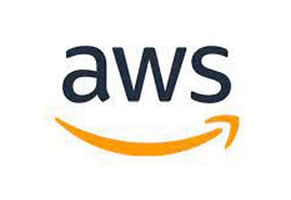
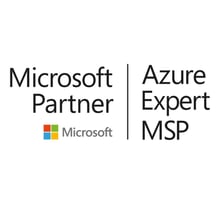
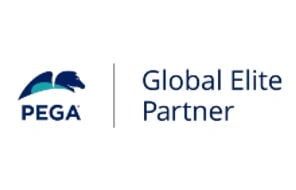
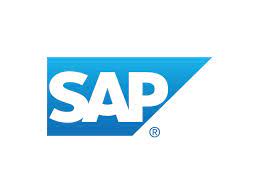
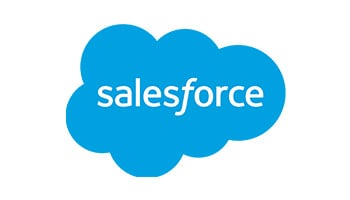
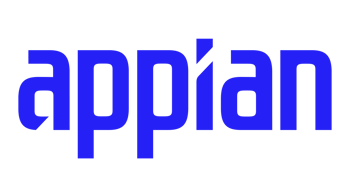
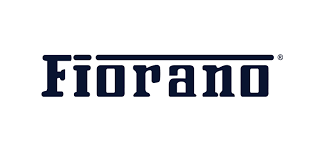
What our clients say.

Zachary Womack
CTO
SEI Investments

Julian Hedt
CTO
Banjo Loans

Kevin Sullivan
Senior Vice President, Senior Director, Mergers and Acquisitions Integration
Fifth Third Bank

Jake Sieving
SVP, Head of Support Services and Global Solutions
Fifth Third Bank

Working with Coforge has been nothing short of transformative for our team, and the impact is profound. Their expertise in leveraging Salesforce technology to streamline processes and introduce automation has significantly reduced our incident volume. Within 5 months of engagement with Coforge, we noticed a significant reduction of 12% in incident volume. The tasks that once required manual intervention are now handled seamlessly by automated systems and DIY functionality.
Sakul Gupta
Head of Production Engineering & Support
IDFC Bank
![]()
Analyst Endorsements.
Coforge has evolved its BFS offerings while positioning itself as a provider of transformative solutions, distinguishing itself with its deep domain expertise, a proven record in large-scale transformations, and agile execution capabilities. The company's 'One Coforge' approach, integrating consulting, IT, and BPO services, ensures a holistic delivery of solutions tailored to client needs. With a strong focus on client-centricity and leveraging next-gen technologies, Coforge stands out as a trusted partner, equipped with the right set of talent expertise and an innovative mindset to help financial institutions enhance their competitive advantage.
Ronak Doshi
Partner
Everest Group
Empower Your Business to Lead the Future
Know moreWHAT WE DO.
Explore our wide gamut of digital transformation capabilities and our work across industries.
Explore





.jpeg?width=600&height=800&upsize=true&upscale=true&name=CS%20Item%201%20(3).jpeg)
.jpeg?width=600&height=800&upsize=true&upscale=true&name=CS%20Item%202%20(4).jpeg)
.jpeg?width=600&height=800&upsize=true&upscale=true&name=CS%20Item%203%20(4).jpeg)

-2.jpeg?width=600&height=800&upsize=true&upscale=true&name=Artefact%202%20(3)-2.jpeg)

